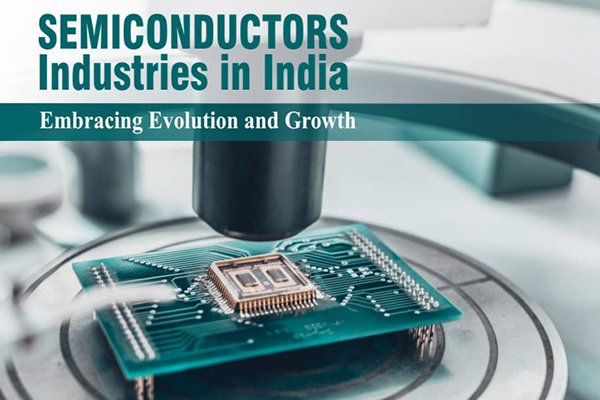Introduction:
Prime Minister Narendra Modi recently bemoaned India’s tardy entry into the semiconductor industry, recognizing a three-decade squandered opportunity. Despite this, Micron’s Assembly, Testing, Marking, and Packaging (ATMP) initiative has been dubbed a “watershed moment” by Sanjay Gupta, head of the India Electronics and Semiconductor Association (IESA). This points to a bright future for India’s semiconductor sector, with state-specific legislation and strategic partnerships in the fore.
![]()
State-Specific Policies Fuel Semiconductor Renaissance
Policies targeted to the semiconductor sector emerge as critical catalysts, drawing investments and establishing competitive conditions in states such as Gujarat and Odisha. Sanand in Gujarat is witnessing the construction of Micron’s ATMP factory, while Odisha is forging ahead with agreements to develop a semiconductor manufacturing ecosystem. Uttar Pradesh has now joined the fight, with Chief Minister Yogi Adityanath leading attempts to develop a comprehensive semiconductor policy that would position the state as a vital center.
Tata’s ATMP Plant and National Revamp in the South
Tata intends to invest Rs 200 crore in an ATMP factory in the Karnataka district of Kolar. Concurrently, efforts are underway to remodel the Semi-Conductor Laboratory (SCL) in Mohali, which is sponsored by the Ministry of Electronics and Information Technology. Insiders in the industry underline the importance of improving infrastructure to match with commercial fabs, optimizing the local supply chain, and increasing India’s global competitiveness.
Global Collaborations and Strategic Initiatives
The Ministry of External Affairs of India works aggressively with international partners, as seen by projects such as the US-India Initiative on Critical and Emerging Technology (iCET). A Memorandum of Cooperation with Japan demonstrates India’s dedication to the semiconductor supply chain relationship. However, caution is recommended against uncritically replicating other countries, with a demand for methods customized to India’s existing needs and a concentration on established nodes in the semiconductor area.
Conclusion: Despite its late start, India’s semiconductor journey is gaining traction thanks to strategic policies, collaborations, and ground-breaking projects. As the country’s strategy becomes more aligned with global innovations, a targeted and realistic route emerges, assuring a powerful position in the semiconductor environment.



